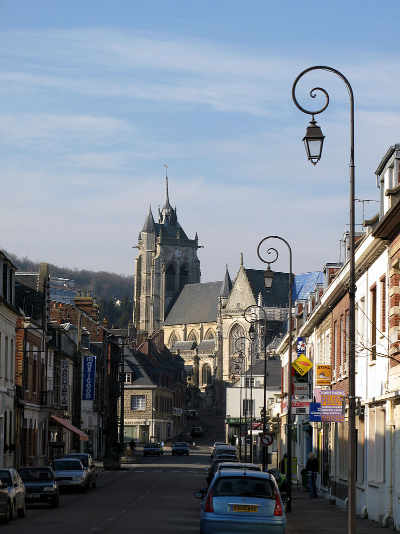Keyingham St Nicholas
church web site
After the Norman Conquest
The effects of the Battle of Hastings were not felt in Holderness until the autumn of 1069. Some fighting had broken out in York and a number of Normans had been massacred. William the Conqueror's response was to carry out the “Harrying of the North”, involving widespread destruction, with nine tenths of property in Keyingham being destroyed. The Domesday Book records there being a church and a priest, surrounded by 24 acres of meadows and enough arable land for eight ploughs, two miles long and one broad, though the value had fallen from £8 in King Edward's time to 30 shillings (=£1.50). Holderness became the property of Drogo, a Flemish knight who had accompanied William during the Conquest and who was to marry William's niece. Unfortunately, and accounts differ as to whether it was entirely by accident, Drogo killed his wife and was obliged to flee the country. William handed Holderness to his brother-in-law Odo (Eudes in French) Count of Albemarle (Aumale in Normandy). His son Stephen (Étienne) handed over the ruined church to the Priory of Birstall, a cell of the Abbaye d'Aumale situated on the Humber shore south of Skeffling. Fourteen other Holderness churches, in villages as far apart as North Frodingham, Mappleton, Easington, and Wawne, were also put under the control of the abbott of Albemarle/Aumale.
Next: Rebuilding the Church in the Twelfth Century
Back to the History navigation menu

Aumale (= Albemarle) today, with the Church of St Peter and St Paul
Photograph by Marc Roussel licensed under the Creative Commons Attribution-Share Alike 3.0 Unported